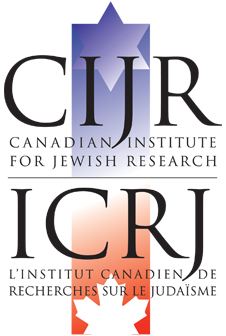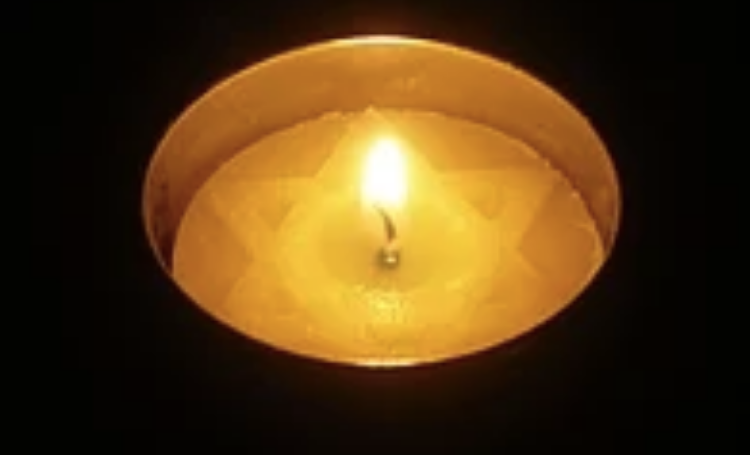Jan Lee
JNS, Apr. 21, 2025
“If we want younger generations to carry on the lessons we are imparting today about the dangers of antisemitism, we need to be willing to discuss antisemitism’s millennia-long history, as well as the role it played in fomenting a major event like the Holocaust.”
This year, as we honor Yom Hashoah on April 23-24—Israel’s official memorial for the 6 million Jews killed during the Holocaust—we’ll again be doing so under the pall of another mass atrocity: Oct. 7, 2023. The Hamas-led terrorist attacks in southern Israel that resulted in the murder of 1,200 people and the kidnapping of 251 others underscore how important it is to continue to acknowledge the Shoah’s troubling legacy. But the Oct. 7 tragedy also reminds us that events that happen and affect us in our own lifetime can be powerful motivators to change.
For years, educators have been warning about the declining state of Holocaust literacy in North America. Surveys, like the one released by the Pew Research Center in 2020, paint a stark picture when it comes to Americans’ knowledge of what occurred under Nazi Germany. Only 69% of the U.S. adults surveyed could accurately answer when the Holocaust took place. Less than half of respondents knew how many Jews were killed by the Nazis. Even fewer could answer how Adolf Hitler came to power.
Shortly after Oct. 7, however, Holocaust education centers like the United States Holocaust Memorial Museum began to notice an uptick in interest in their programs. Those educational displays that discuss the causes and effects of Jew-hatred are gaining increasing attention now, including from visitors not familiar with the age-old scourge.
“Many people are being exposed to the term for the first time,” USHMM historian Edna Friedberg told me during a recent conversation. “People are struggling to understand antisemitism—how to recognize it, what causes it, what it says about our societies and the risks we all face, Jewish or not.” …SOURCE


